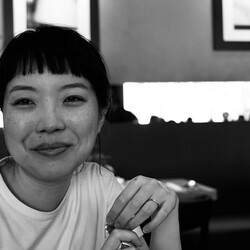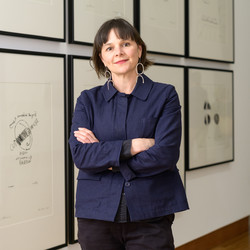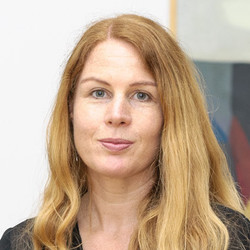Article
B.
Bulletin
New Zealand's leading
gallery magazine
Latest Issue
B.21901 Mar 2025
Contributors
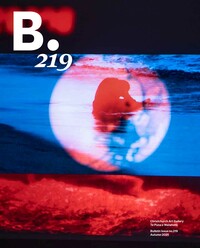
Article
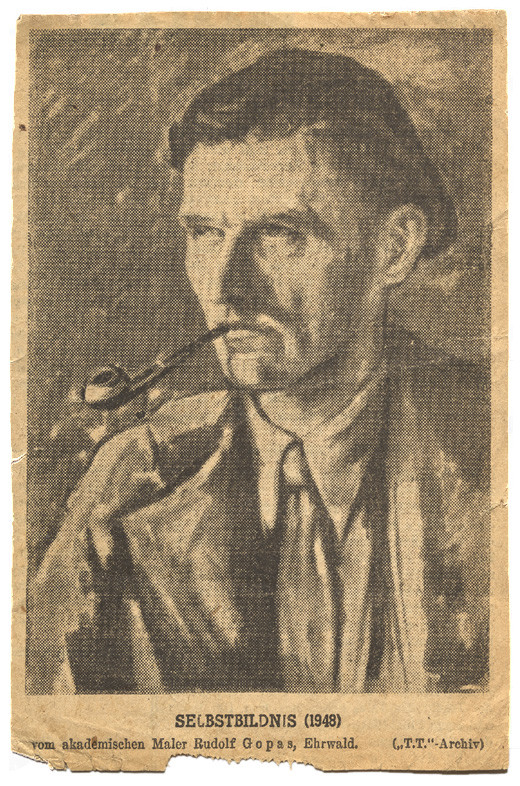
Reflections on riches
While the Gallery may be closed, our archive collections continue to develop. As I write, three aspects of managing an archive are happening simultaneously. We are adding new material, cataloguing it, and assisting a researcher to use the archive. All the challenges and pleasures of archive management are on the table.
Article
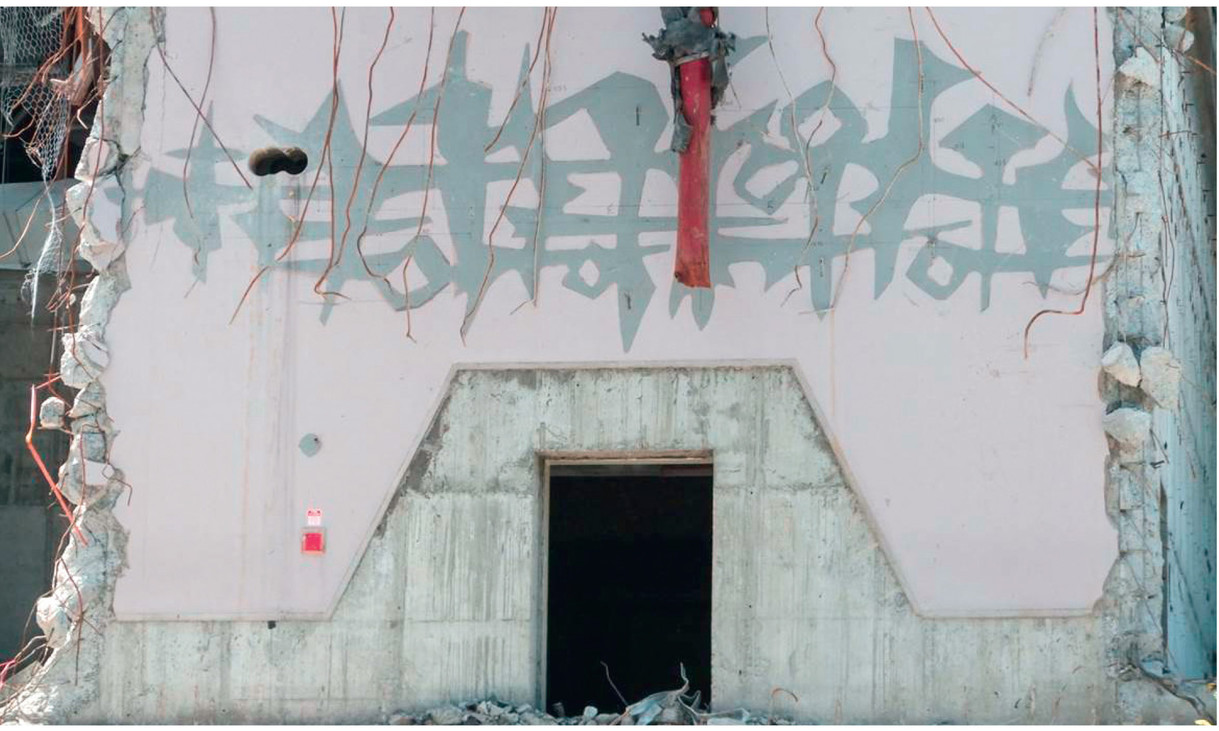
It is in that inch that we all live
‘People do get attached to works of art; perhaps even unreasonably attached.' When Dr Peter Gough began at the University of Canterbury as Lecturer in the Department of Electrical and Computer Engineering in 1980 he may not have predicted that thirteen years later he would be called on to assuage an inter- departmental stoush—Chemistry vs. History—over a hotly contested Peter Ransom drawing.
Article
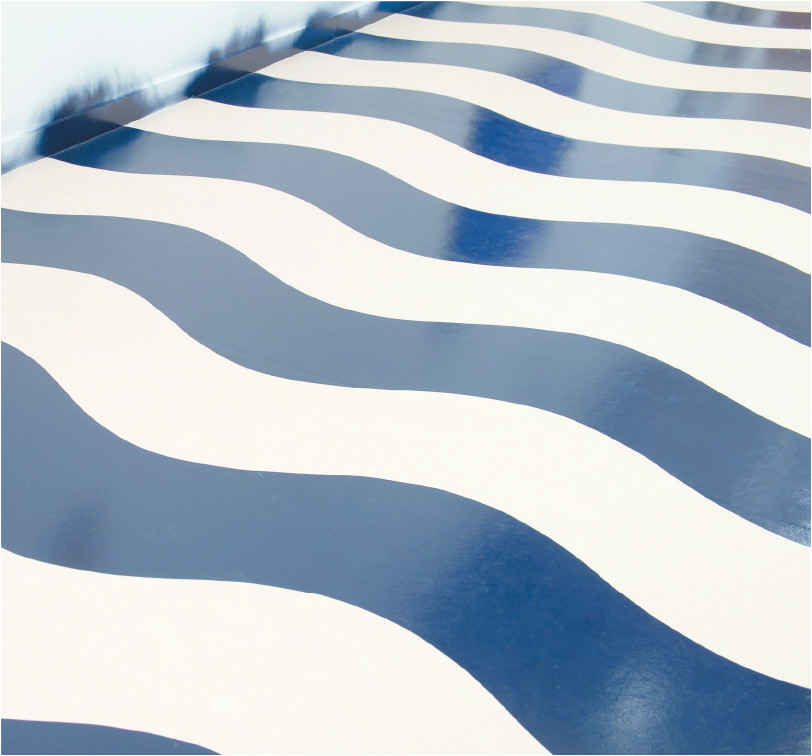
A gymnasium for the mind
Who would have thought New Zealand's first dating game, Computa-Pal, was a fundraising idea to support the visual arts? Ahead of its time, the project demonstrated the kind of creative thinking that eventually led to the development of the Chartwell Collection of contemporary New Zealand and Australian art.
Article
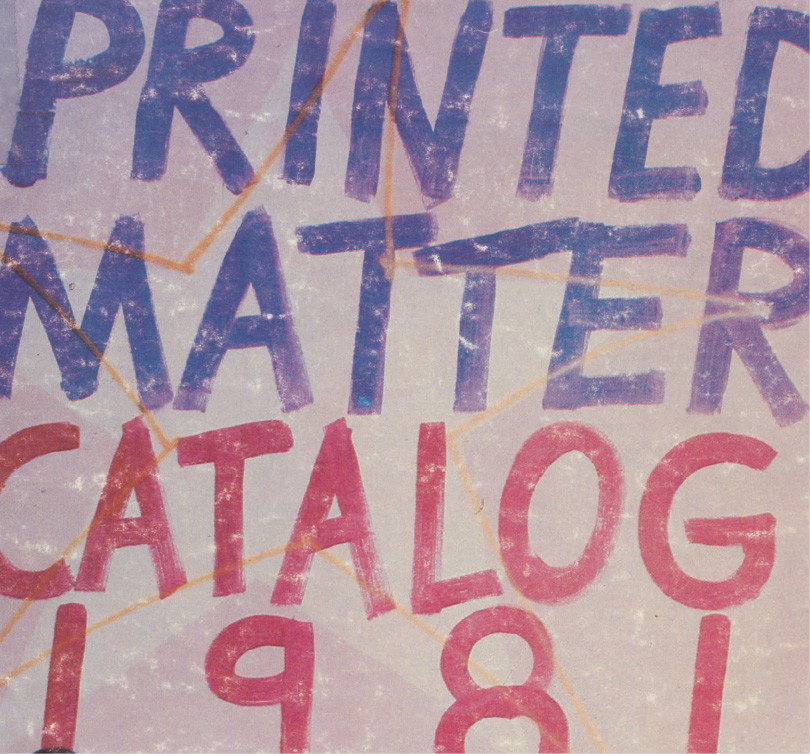
The book as alternative economy and alternative space
In Printed Matter's 1981 mail-order catalogue, artist Edit deAk enthusiastically described the 'many hands at work in the process of making and marketing the book'. Turning the spotlight on individuals and groups involved in the production, distribution and sale of books by artists, deAk likened independent art publishing to activities 'like filmmaking or rock 'n' roll music.' While such comparisons with filmmaking have been relatively scarce over the past few decades, artists, publishers, designers and critics have continued to draw parallels between art publishing and independent music.
Article
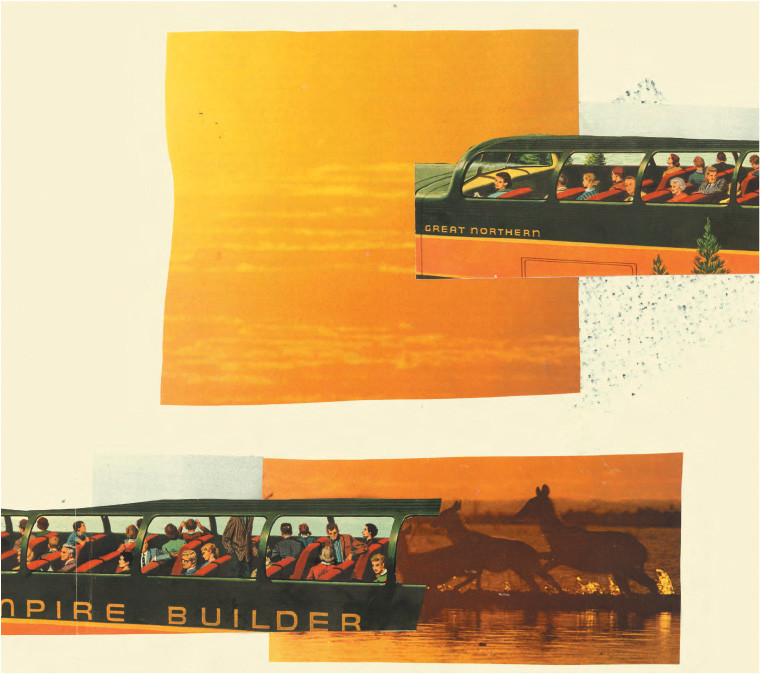
An invitation to participate
You might be well aware of fanzines as a form of analogue self-publishing in and around your own arts community. Or they might be somewhat peripheral to the particularity of your engagement with the arts.
For the uninitiated, the word fanzine is often shortened to zine, and is pronounced 'zeen', as in 'magazine'. This abbreviation doesn't merely signal a growing ubiquity, or an economy of syllables for those (like myself) who say or write the word a lot, it also speaks to the shift away from fandom to a growing eclecticism – bringing the lie to anyone attempting to describe zines as a genre.
Article
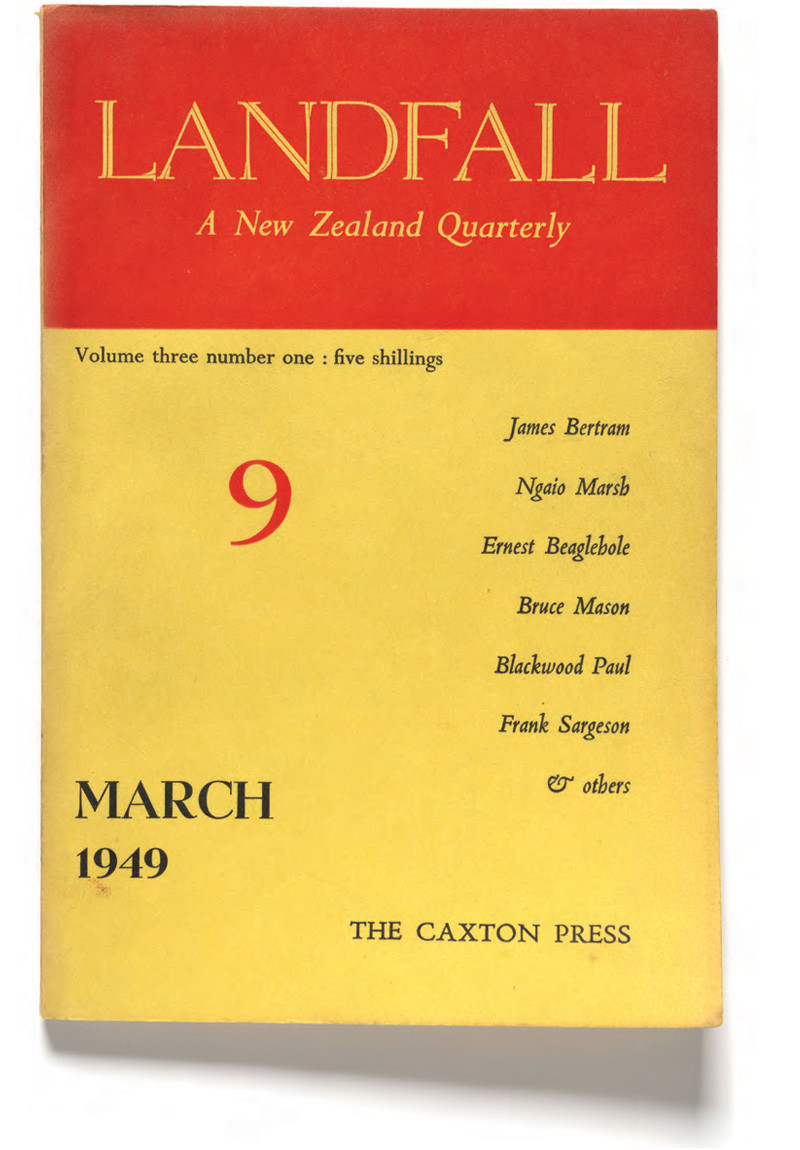
Tomorrow, Book, Caxton Press, Landfall
In the decades before and after the Second World War, Christchurch experienced a remarkable artistic efflorescence that encompassed the visual arts, literature, music, theatre and the publishing of books and journals. And the phenomenon was noticed beyond these islands. For instance, in his 1955 autobiography, English publisher and editor of Penguin New Writing and London Magazine, John Lehmann, wrote (with a measure of exaggeration, perhaps) that of all the world’s cities only Christchurch at that time acted ‘as a focus of creative literature of more than local significance’.
Article
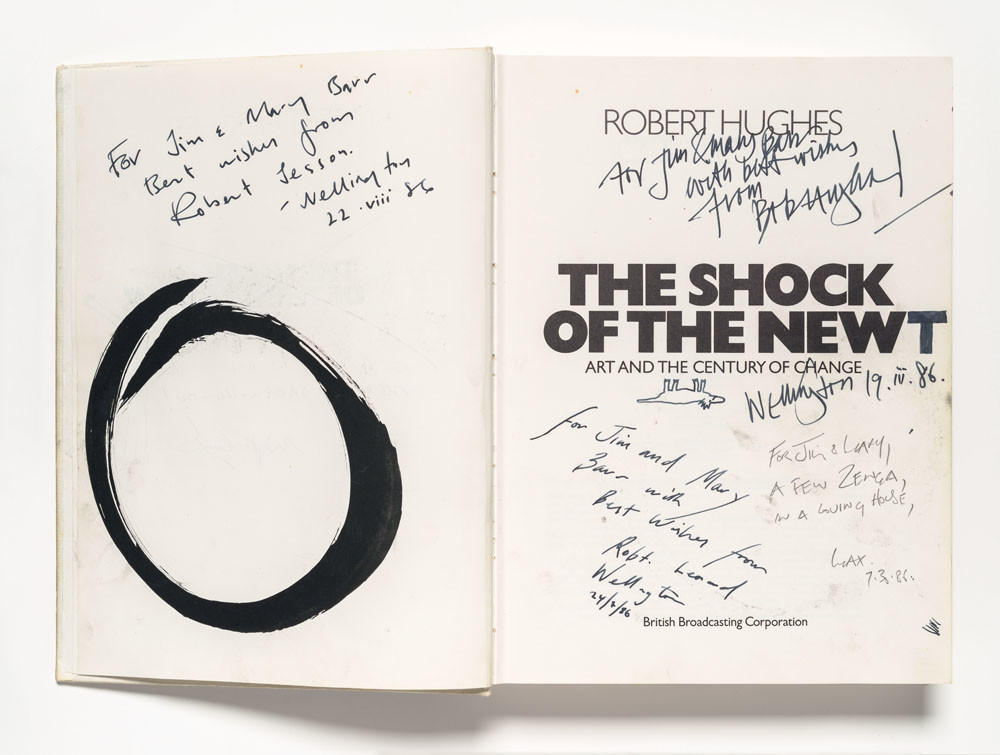
Aspirin, light bulbs and instant coffee
Robert Hughes's canonical text The Shock of the New was first published in 1980 following a successful television series that aired in the UK that same year. In this book, Hughes provided a lively and challenging account of the development of modern art and design in the twentieth century. That this volume should find its way onto the bookshelf of New Zealand art collectors Jim Barr and Mary Barr is no surprise. But the Barrs' copy of the book subsequently became the site for a series of interventions and adaptations that have altered its meaning and significance.
Article
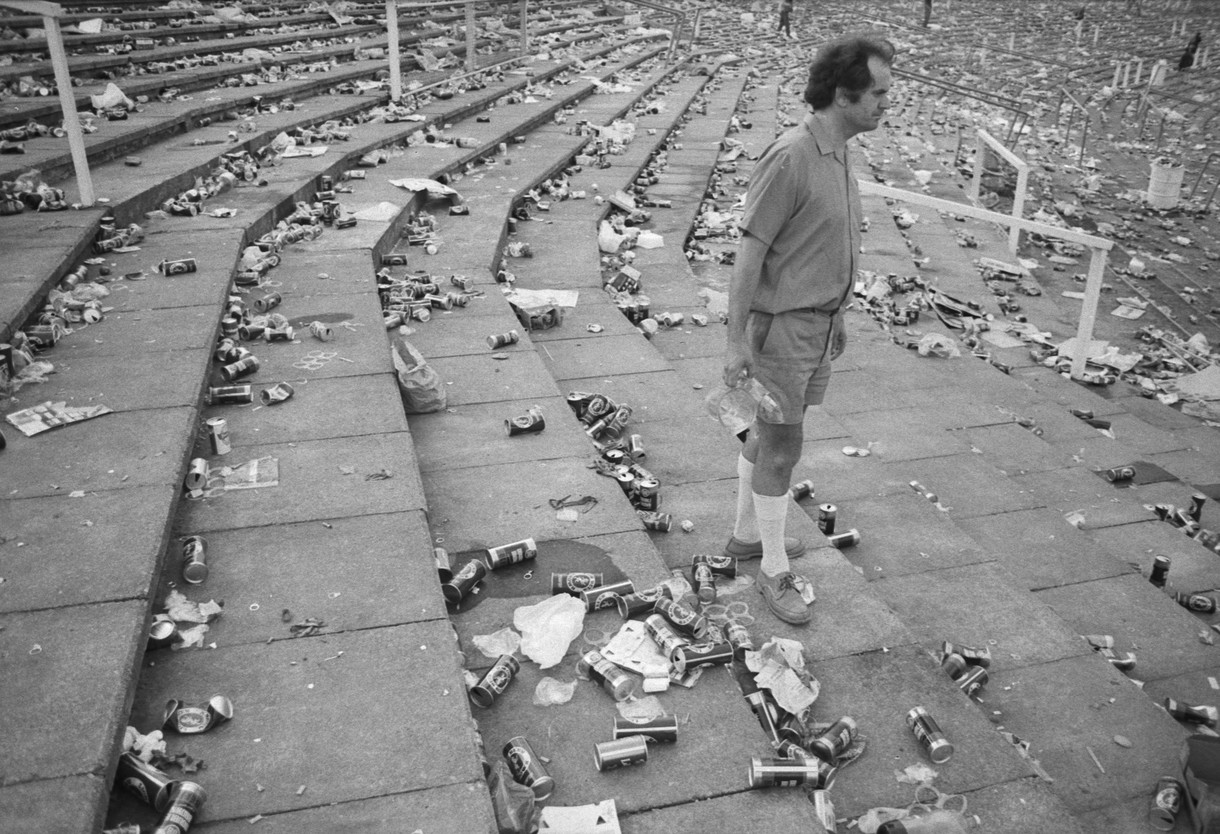
Meet Me in the Square
The first thing you notice, even before the pageboy haircuts and oversized plastic spectacles, is the absence of smiles. The unhappiness in the eyes of the average Cantabrian snapped on these grey, chilly streets seems palpable. Even the Christ's College cadet, cradling a rifle as part of soldiery drill, looks ready to turn the gun on himself. In 1983, the year when David Cook began a project to explore his hometown, a camera as his compass, most locals look distinctly brassed off.
Article

Street urchins, blue moons and rare visions
Even in a city where surreal scenes have become somewhat routine, the sight of the Isaac Theatre Royal's eight-tonne dome, suspended like a great alien craft, had the power to turn heads and drop jaws. Preserved inside a strange white shroud while the theatre was slowly deconstructed around it was a jewel of Christchurch's decorative arts heritage – a 105 year-old Italianate plaster ceiling featuring a circular painted reverie on the theme of William Shakespeare's A Midsummer Night's Dream. The dome, along with the rest of the theatre, is currently being restored as part of an ambitious rebuild that is expected to be completed in 2015 at a cost of over $30 million.
Article

Yvonne Todd: The Wall of Man
A succinct ad placed in the classifieds of the North Shore Times in March 2009 attracted some forty applicants. Respondents were shown a photographic portrait of an unnamed executive, and directed towards ervon.com – artist Yvonne Todd's website – to decide whether or not they wanted to be photographed. Some still did. The unfolding story might not have been exactly what they'd expected, but all who agreed understood it would be something different. Next came the eliminations: sixteen men were chosen to be photographed; twelve made it to the final cut. The resulting images were printed at varying sizes and titled: International Sales Director, Retired Urologist, Family Doctor, Senior Executive, Hospital Director, Company Founder, Sales Executive, Chief Financial Officer, Image Consultant, Independent Manufacturing Director, Publisher, Agrichemical Spokesman. This is The Wall of Man.

